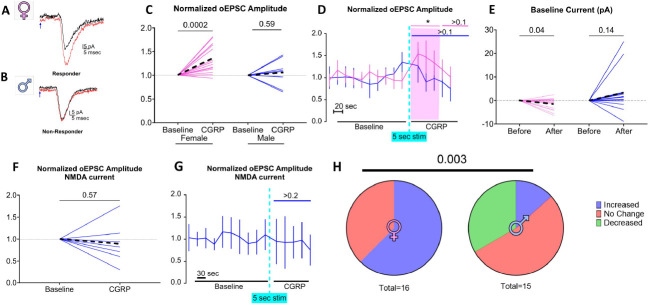Figure 2. Optic stimulation of PB CGRP induces a transient, CGRP-dependent potentiation of glutamate sensitivity, preferentially in females.

PBCGRP neurotransmitter release was induced via single (glutamate) or high frequency (CGRP) optic tetanus. oEPSCs evoked by single-pulse optic stimulation from CeLC neurons from a female(A) and a male (B) neuron recorded at baseline (black traces) and post PB CGRP release (red traces). Note the potentiation in the female, but not the male neuron. Blue arrows indicate delivery of single optic stimulus (3 msec duration). (C) Amplitudes of optically evoked PBCGRP glutamate responses (oEPSC) in the 80 second period following high frequency optic in female and male CeLC neurons. Dashed lines depict averages. (D) Amplitude of oEPSC, normalized to baseline, transiently potentiated for ~60 seconds in female CeLC neurons (pink). (E) A shift in baseline holding current specifically in females accompanied this high frequency optic stimulus. Using a higher frequency optical train to enhance PB CGRP release (20 Hz, 10 sec) and recording in 0 mg solution to enhance NMDA currents failed to evoke oEPSC potentiation (F,G). (H) Significant difference in the effects of endogenous CGRP release on female and male neurons. Increases and decreases were defined as >20% change in oEPSC amplitudes.
